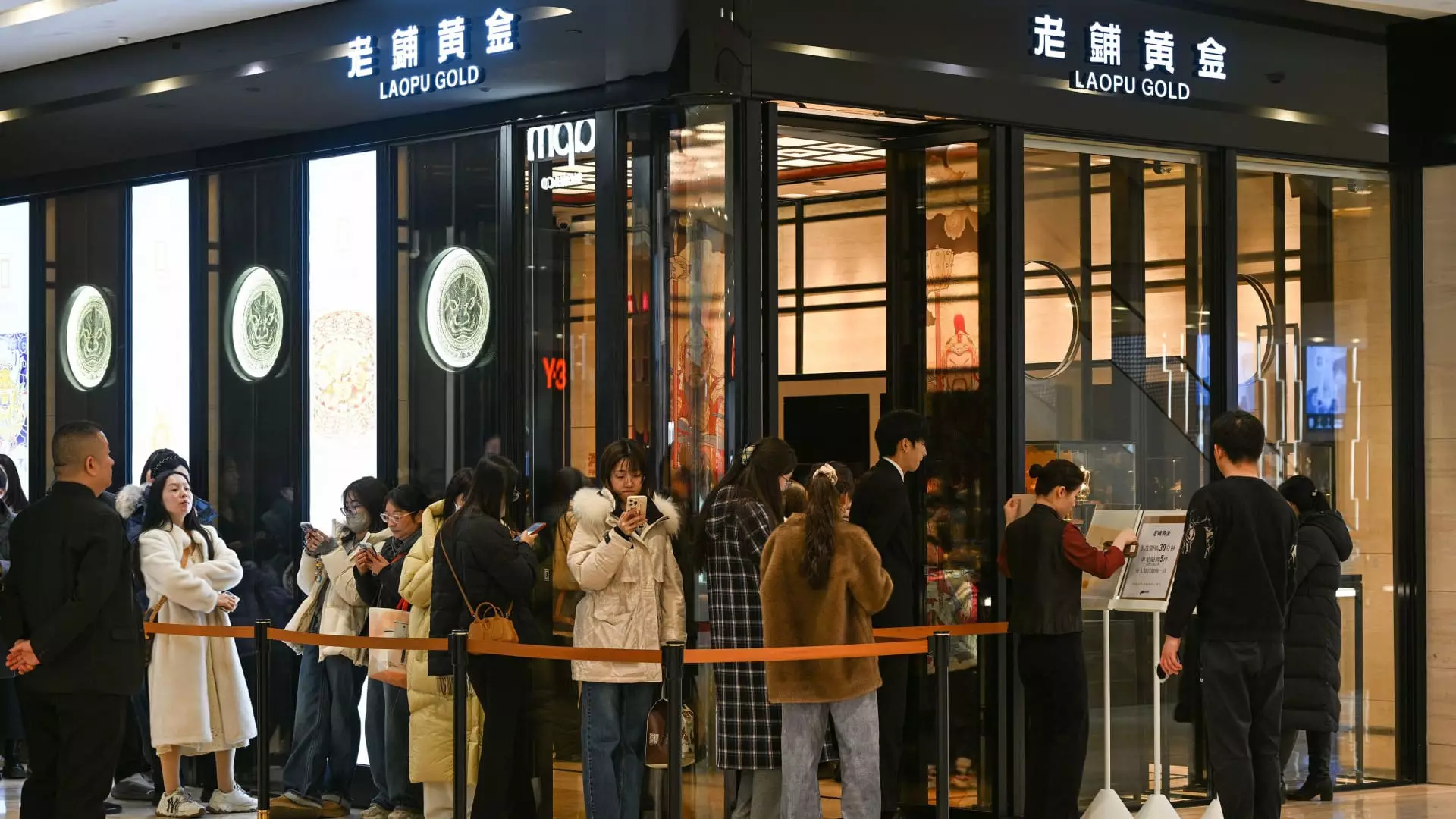Recent earnings reports from major Chinese companies paint a complex picture of consumer spending in the country post-pandemic. While indicators show a gradual recovery in consumer confidence, the revival remains tenuous. Alibaba and JD.com report that retail growth exceeded year-on-year expectations in late 2024, a positive development but one that does not signify a full return to the robust consumption levels seen before the pandemic. According to Charlie Chen, the managing director at China Renaissance Securities, consumption growth has not yet reached prior heights. To revive levels of consumer confidence and spending typical of the pre-pandemic era, substantial double-digit revenue growth is essential.
This nuanced recuperation is predominantly tethered to fluctuations in consumer sentiment. The recent turbulence in China’s real estate sector, a cornerstone of consumer wealth and confidence, has left many potential buyers feeling financially insecure. The government’s current mission prioritizes boosting consumption as a critical strategy to reinvigorate both investor confidence and public morale. Policies aimed at elevating consumer spending—such as the expansion of the trade-in subsidy program—highlight the government’s acknowledgment of potential pathways to recovery, yet the effects may require more time to materialize.
Sector Growth: Uneven Yet Promising
While many segments struggle, certain industries have found their niche and have reported remarkable growth. For instance, JD.com’s electronics segment achieved a credible 15.8% increase in sales year-on-year for the last quarter of 2024. This surge can be directly linked to the government’s newly introduced policies that intended to stimulate consumer spending. On the surface, JD.com’s figures suggest a rebound; however, a closer look reveals that this growth is a modest recovery when viewed against the backdrop of previous years, notably 2021’s extraordinary 23% jumps.
Similar stories can be found across various businesses. Laopu Gold, a company specializing in gold jewelry, saw a staggering 236% increase in net profit, signaling a notable appetite for luxury goods among affluent Chinese consumers. Toy manufacturer Pop Mart demonstrated extraordinary growth as well, with more than double the revenue reported year-on-year. These stories introduce a glimmer of hope amidst an otherwise lackluster economic landscape.
Substantial Challenges in the Fintech Sector
On the fintech front, Tencent’s modest 3% growth in business services during the fourth quarter of 2024 starkly contrasts previous highs, highlighting the risk of stagnation in increasingly competitive sectors. The relative stability in commercial payment services suggests that, while the market may be reeling, its core functions remain. This segmentation demonstrates that a delicate balance exists between emerging niches and established players, posing questions about future innovation and adaptability.
Moreover, looking at the travel sector reveals a fascinating juxtaposition in consumer behavior. Trip.com reported a 20% revenue rise, focusing on the growing demand for international travel—a sector that has soared beyond pre-pandemic levels. This suggests that while domestic spending remains incomplete, the appetite for global experiences continues to flourish, particularly amongst the ‘silver generation’, consumers over 50 years of age.
Retail Dynamics: A Shifting Landscape
Chinese retail chains are also feeling the strain. Miniso’s modest growth of 10.9% in revenue points to a more profound trend of slowing retail expansion. As market dynamics shift towards online platforms, traditional stores are grappling with the need to innovate. Many retailers have suffered dips in same-store sales as price wars and competition from lower-cost alternatives pinch profitability. Notably, the milk tea segment has seen a notable decline, with Guming reporting a drop in same-store sales as consumers tighten their belts amid broader economic uncertainties.
Interestingly, even iconic brands like Starbucks reported diminishing sales, indicating that no segment of the retail market is immune to these pressures. This paradigm strongly suggests that the recovery is highly fragmented; while some industries thrive, others stumble, and caution is necessary when interpreting overall trends in consumer spending.
The Path Forward: Possibilities and Constraints
Despite the pervasive challenges persisting in Chinese consumer spending, there remains a residual sense of optimism. Analysts speculate that strategic government support may propel consumer discretionary spending, positioning the economy for a potential uplift. However, the path to this recovery must traverse numerous hurdles, emphasizing the tightrope consumers find themselves walking between waning confidence and renewed spending capabilities.
As China evolves into a consumer market defined by its complexities, stakeholders must remain vigilant. The balancing act between stimulating demand while navigating shifts in consumer behavior will be imperative. The outcome remains uncertain, but understanding these intricacies is vital for crafting viable strategies that can harness the latent power of the world’s second-largest economy.

